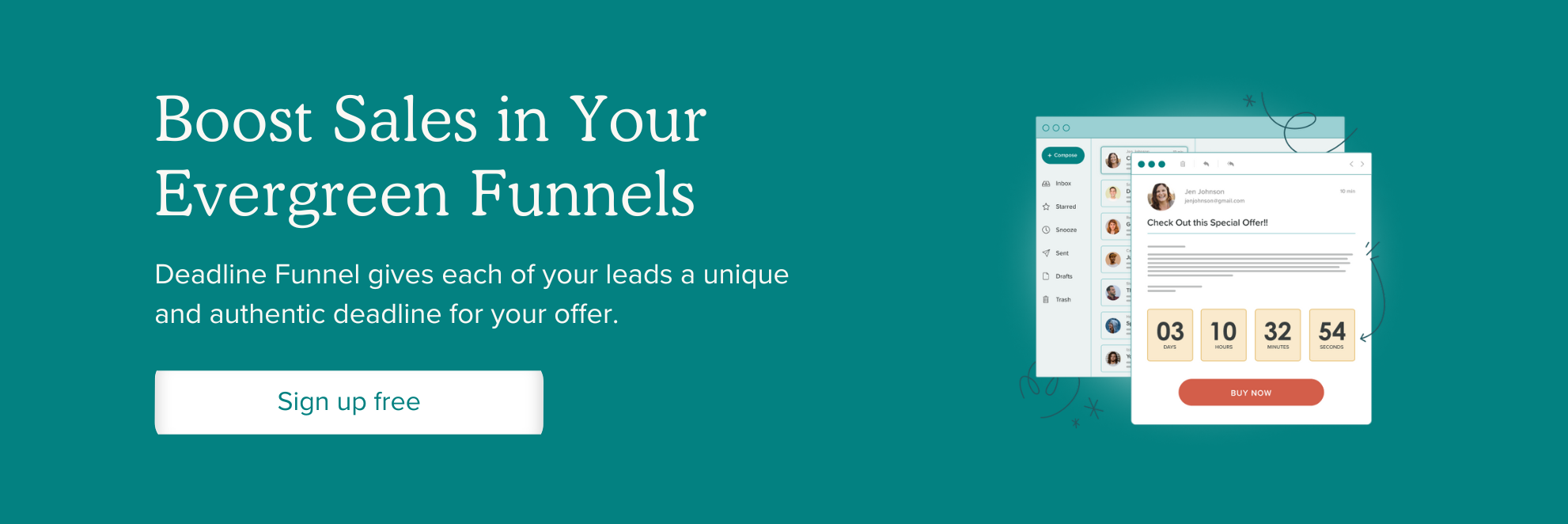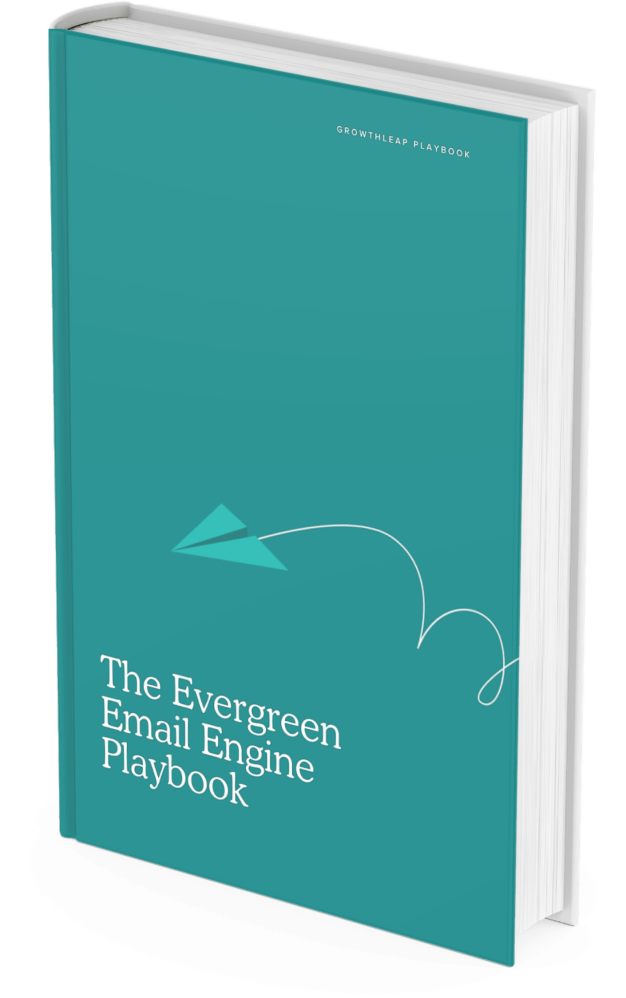
Building a course is only half the job. If you want students to stay engaged, finish what they start, and actually get results, you need more than just great content, you need a community.
A strong, well-run community turns passive viewers into active learners. It creates connection, momentum, and trust. It’s where people come to ask questions, share wins, and stay motivated when things get hard.
If you’re running a cohort-based course or an evergreen product, your community can become the engine that drives retention, referrals, and long-term growth.
This guide breaks down exactly how to build and run a course community that actually works, from goal-setting and platform choice to onboarding, engagement, and long-term evolution.
Key takeaways
- Learn why strong communities boost engagement, retention, and learning outcomes
- Set clear goals that match your course model and support your students
- Follow a simple framework for onboarding, sparking interaction, and structuring weekly posts
- Use student wins and peer-led discussions to keep things lively and personal
- Build for long-term success with feedback loops and alumni engagement
- See how Deadline Funnel helps course creators drive action and increase conversions inside their communities with time-limited campaigns
Why building a community matters for course creators
A strong course community boosts engagement, improves completion rates, and keeps learners coming back for more.
When students feel like part of a group, they’re more likely to finish what they start.Industry data shows that courses which incorporate coaching and community support have completion rates exceeding 70%, compared to just 10-15% in self-paced courses.
Active discussions, peer accountability, and shared wins help motivate learners beyond the content itself.
A community also transforms your course from a one-way broadcast into an interactive space. Instead of just consuming information, members ask questions, give feedback, and support one another.
You’ll also get early insight into what’s working. Student questions can flag confusing lessons. Polls and posts help you shape future content. And when people share results or breakthroughs, you’ve got real-time testimonials and social proof.
Best of all, the community doesn’t end when the course does. Relationships continue, members become repeat buyers, and you create a long-term space that reinforces your brand.

Set clear community goals before launching
Clear goals give your community structure and purpose from day one. Without them, members can feel lost and engagement drops fast.
Define the purpose of your community
Start by asking: What should members get from joining? Some communities are built for peer support, others for sharing feedback, accountability, or continued learning after a course ends. Your goal shapes everything from the platform you choose to how you moderate discussions.
For example, a goal of peer accountability might include daily check-in threads and small-group challenges. A feedback-driven community could center around discussion boards tied to each module. If you want to promote ongoing learning, regular guest speakers or live events can help keep things fresh.
The more focused your purpose, the easier it is for members to understand how to participate.
Communicate the value to your audience
When you invite students to join, don’t just say, “We have a group.” Explain what they’ll get from it. Try phrasing like:
- “Get answers to tough questions from people in the same boat”
- “Connect with peers for support, feedback, and networking”
- “Access exclusive live events and bonus content”
Set expectations early. Let members know how often they’ll hear from you, what types of posts to expect, and how they can get involved. A pinned welcome message and short onboarding checklist can go a long way here.
Choose the right platform for your audience
The best community platform is one your audience will actually use. Choose based on how your members prefer to engage, not just what’s trendy.
Overview of platform types
Each platform offers a different experience, and the right fit depends on your content, goals, and member preferences.
| Platform | Pros | Cons |
| Facebook Groups | Easy to join, familiar interface, good for casual communities | Limited customization, algorithm noise, no ownership of data |
| Circle | Designed for course creators, integrates with many LMS tools | Paid platform, can feel unfamiliar to users |
| Discord | Great for real-time chat and younger audiences | Steeper learning curve, less structured for courses |
| Slack | Clean interface, used in professional settings | Not ideal for long-term discussions, limited thread depth |
| Private LMS forums | Fully integrated, keeps content and community in one place | Often basic in design, limited real-time engagement features |
Think about how your learners prefer to communicate. A casual, busy audience might love Facebook. A focused cohort of creators might prefer Circle or Slack.
Factors to consider when choosing
Don’t pick a platform based on popularity alone. Consider:
- Scalability: Will it still work if your membership doubles?
- Integration: Can it sync with your LMS, email tool, or other tools?
- Mobile experience: Most learners check in from their phones. How smooth is the app?
- Privacy and ownership: Who controls the data? Can you export it later?
- Moderation tools: Can you easily organize posts, pin announcements, or create sub-groups?
A platform that checks all these boxes will grow with your business, not against it.
Create a warm and structured onboarding experience
Your onboarding sets the tone. A thoughtful welcome makes new members feel seen, while a confusing or empty space leads to instant drop-off.
Make a great first impression
When someone joins your community, they should know exactly where to start. Use a pinned “Start Here” post or create an onboarding checklist to guide them. Include steps like introducing themselves, reading group guidelines, and bookmarking key threads.
Automated touchpoints also help. Send a welcome email or DM with a personal message and a few quick wins. like where to ask questions or how to join a live event. If possible, add a short video greeting to show your face and personality.
This kind of early interaction builds trust and signals that their presence matters.
Help members feel comfortable
Starting conversations can be intimidating, especially in a new space. Lower the barrier with an “introduce yourself” thread or a light challenge like:
- “What’s one goal you have for this course?”
- “Where are you tuning in from?”
- “What’s one fun fact about you?”
Keep tone friendly and low-pressure. People are more likely to engage when others go first, so be sure to model the kind of posts you want to see.

Be the first to spark engagement
Most course communities don’t fail because of lack of interest they fail because no one knows how to start. Early momentum comes from you, not your members.
Don’t wait for members to post
If you sit back and wait for interaction, the space will go quiet. You need to seed discussions early and often, especially in the first few weeks. This shows members what’s “normal” and gives them something easy to respond to.
Start simple:
- “What’s one thing you learned this week?”
- “What’s your biggest challenge right now?”
- “Which module has helped you the most so far?”
Use polls, Q&A threads, and light prompts to invite action. These don’t need to be deep, just consistent.
Once people get used to replying, they’re more likely to start threads themselves.
Tie discussions to course content
Make the community part of the course experience, not an extra.
Link group posts directly to what people are learning. For instance, if Module 2 of your course is about pricing strategy, create a thread that asks, “How are you currently pricing your product? What’s working? What do you think needs improvement?”
You can also run weekly reflection prompts or lesson-related challenges like:
- “Apply this week’s concept and share your results”
- “Give feedback on a classmate’s landing page”
- “Post your revised pitch using the tips from Lesson 4”
Doing this keeps the community relevant and reinforces course material through peer interaction.
Build a weekly community content plan
Consistency creates rhythm and builds habits. A weekly plan helps members know what to expect and gives them a reason to keep showing up.
Create consistent structure
Structure is the backbone of any great course. One idea you can implement is having themed posting days. Themed days for your community work well because they’re predictable and easy to engage with.
Here are a few ideas to get started:
- Motivation Monday: Set goals for the week
- Tip Tuesday: Share one strategy or shortcut
- Workshop Wednesday: Post questions or work-in-progress for feedback
- Thursday Wins: Celebrate member progress
- Feedback Friday: Ask what’s working and what’s not
Pick themes that match your course content and community goals. Repeating them weekly saves planning time and keeps energy up even during slow periods.
Vary the content formats
Not everyone engages the same way. Mix up how you present content to reach different learning styles and personalities.
Some ideas:
- Use short videos or Loom recordings for quick lessons or check-ins
- Post infographics or swipe files for visual learners
- Add memes or gifs to keep things light
- Host live sessions or audio chats for real-time interaction
- Run Q&A threads where people vote on questions
The goal is to make participation feel fresh and approachable, not like homework.

Highlight and celebrate member wins
Recognizing progress keeps your community motivated. Celebrating even small wins helps learners feel proud, seen, and eager to keep going.
Showcase student progress
Public recognition reinforces momentum. Share member stories, screenshots, or before-and-after snapshots that highlight effort and outcomes. This could be as simple as reposting a strong homework submission or spotlighting a thoughtful comment.
Try weekly or monthly features like:
- “Member of the Month”
- “Biggest Breakthrough This Week”
- “Fastest Finisher”
- Mini case studies based on shared results
These shoutouts show others what’s possible and set a positive tone for the group. Always ask permission before sharing anything personal, especially outside the private community.
Use wins to motivate others
Success is contagious. When one person hits a milestone, others are more likely to believe they can too. Sharing results reminds lurkers that people are taking action and getting outcomes.
Encourage members to post their own wins, big or small. Prompt them with questions like:
- “What progress are you proud of this week?”
- “Did you hit any milestones in the last module?”
- “What feedback helped you make a breakthrough?”
When members cheer each other on, the entire community becomes more engaged.
Encourage peer-to-peer interaction
A strong community isn’t built on one voice. It thrives when members support, teach, and challenge each other.
Empower members to lead
Your role is to guide, not dominate. As the community grows, hand off some of the spotlight. Invite members to share their own strategies, answer questions, or lead themed discussions.
These are a few ways to encourage leadership:
- Ask experienced students to host short AMAs (Ask Me Anything) or post tips
- Create a rotating “Member Moderator” role for weekly engagement
- Highlight user-generated content like templates or screenshots
- Offer incentives (free 1:1 calls, merch, or course discounts) for active contributors
These methods create accountability, build confidence, and help members feel ownership over the space.
Create sub-groups if needed
If your community grows beyond 100 active members, consider adding sub-groups based on interests, skill levels, or goals. Smaller groups help people form deeper bonds and feel less overwhelmed.
Examples:
- “New Creators” group for first-time course builders
- “Scaling and Sales” channel for advanced strategies
- Regional channels like “UK Creators” or “North America Networking”
These micro-communities allow people to connect on a more personal level without losing the energy of the larger group.
Be present – but don’t micromanage
Your presence sets the tone, but your community shouldn’t depend on you for every conversation. The goal is to guide, not control.
Balance involvement
Check in regularly to show you’re listening, but resist the urge to comment on every post. If members feel watched too closely, it can stifle honest discussion. Instead, set clear boundaries around when and how you engage.
Some tips:
- Share “office hours” for when you’ll respond to questions
- Use weekly wrap-ups to highlight great threads or answer FAQs
- Step in only when guidance is needed or conversations go off track
Having a mild ‘hands off’ approach creates a healthy rhythm where you stay involved without taking over.
Model the behavior you want to see
The way you post, respond, and handle feedback sets the tone for everyone else. Be clear, kind, and consistent. Stay solution-focused when issues come up, and praise thoughtful contributions.
If you want people to be generous with advice, be generous first. If you want honesty, share your own lessons and mistakes.
The culture of your community starts with you and it can scale, if you lead by example.
Regularly ask for feedback and improve
Communities evolve, and the best ones adapt based on what members need, not just what you planned.
Make feedback easy and ongoing
Don’t wait for complaints to surface. Build regular feedback loops into your community experience. This could be a pinned thread, quarterly survey, or quick poll at the end of a module.
Ask targeted, actionable questions like:
- “What types of posts do you find most helpful?”
- “Is anything about the community confusing or hard to use?”
- “What would you like to see more of next month?”
You can also gather feedback informally by paying attention to which posts get the most reactions or where conversations slow down.
Adapt based on community needs
Act on what you learn. If a specific theme or feature isn’t working, drop it. If people request more live sessions or guest speakers, test it out. When members see that you’re listening and responding, they’re more likely to stay involved.
Keep an eye out for shifts in energy or tone. Community needs often change as members progress through a course or return for alumni events.
Make improvement a habit, not a one-time project.
Keep providing value after the course ends
A community that lasts beyond your course adds long-term value for your members and creates recurring revenue opportunities for you.
Maintain the relationship
When the final module wraps up, don’t let the conversation end. Shift the focus from course content to ongoing growth. You can offer:
- An alumni group with access to archived discussions and bonus content
- Monthly mastermind-style sessions to keep members learning and networking
- A newsletter or update thread with tools, resources, and community spotlights
Post-course discussions and resources transform your course from a one-time experience into an entry point for your broader brand ecosystem.
Offer perks for staying involved
Give members a reason to keep showing up. Whether it’s content, access, or recognition, small incentives go a long way.
Here are a few ideas:
- Early access to new courses or product launches
- Exclusive live Q&A calls or hot seat sessions
- Discounts or referral bonuses
- Guest expert events or partner workshops
Tools like Deadline Funnel let you create limited-time offers for alumni, using real deadlines to encourage action without pressure. You can automate reminders based on when someone finishes your course, keeping your messaging timely and personal.
Conclusion
Building a great course is only half the job, but community turns it into something lasting. When you create a space where people feel supported, encouraged, and seen, they stick around and keep growing with you. Start small, stay consistent, and adjust as you learn what your audience needs.






